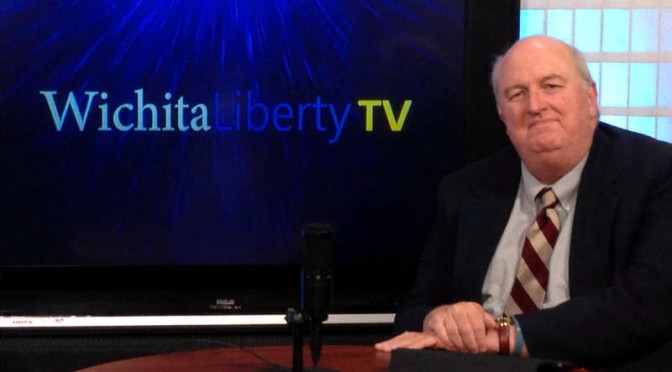Tag: Education
-
Public radio ignores facts, pushes rhetoric on Kansas school funding
A Kansas radio news reporter seems not to care about reporting facts about Kansas school spending.
-

The real free lunch: Markets and private property
As we approach another birthday of Milton Friedman, here’s his article where he clears up the authorship of a famous aphorism, and explains how to really get a free lunch
-

Wichita schools could increase engagement at no cost
The Wichita public school district could boost its engagement with citizens with a simple step that would add no cost.
-

WichitaLiberty.TV: Bad news from Topeka on taxes and schools, and also in Wichita. Also, a series of videos that reveal the nature of government.
In this episode of WichitaLiberty.TV: The sales tax increase is harmful and not necessary. Kansas school standards are again found to be weak. The ASR water project is not meeting expectations. Then, the Independent Institute has produced a series of videos that illustrate the nature of government. Episode 88, broadcast July 19, 2015.
-

‘Love Gov’ humorous and revealing of government’s nature
A series of short videos from the Independent Institute entertains and teaches lessons at the same time.
-

Kansas school standards evaluated
A new edition of an ongoing study shows that Kansas school standards are weak, compared to other states. This is a continuation of a trend.
-
Wichita schools may ask for higher taxes
Wichita schools may ask for higher taxes
-
Examining a Kansas school district election
In its campaign to convince voters to raise taxes, the Auburn-Washburn school district deceives voters. David Dorsey explains.
-

Examining Kansas City school district claims
A critical look at the statements coming from one of the largest school districts in Kansas leads to wonder if the Kansas City school superintendent is uninformed, misinformed, or simply lying.
-
Topeka school figures
The Topeka school district is asking voters for more tax revenue. Here are some figures for this school district.
-
Kansas City school district figures
The Kansas City, Kansas school district has implemented layoffs and salary cuts. Here are some charts of statistics for this district.
-

Kansas public school establishment ought to thank Sam Brownback
Kansas public schools ought to thank the governor and legislature for failing to give parents the power of school choice.